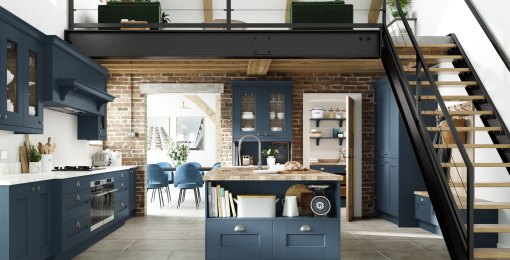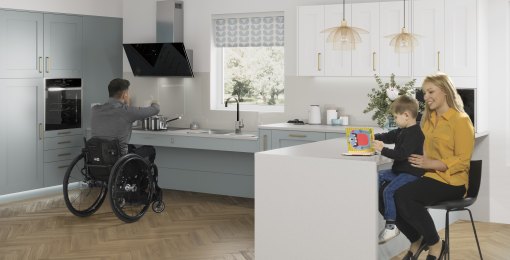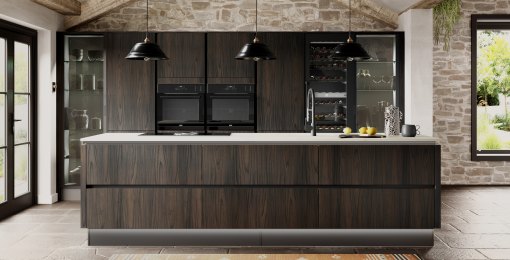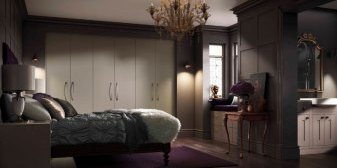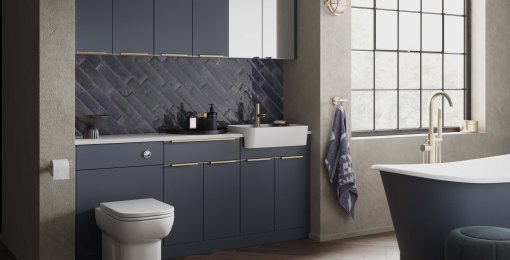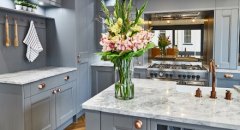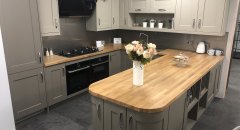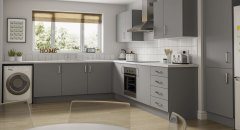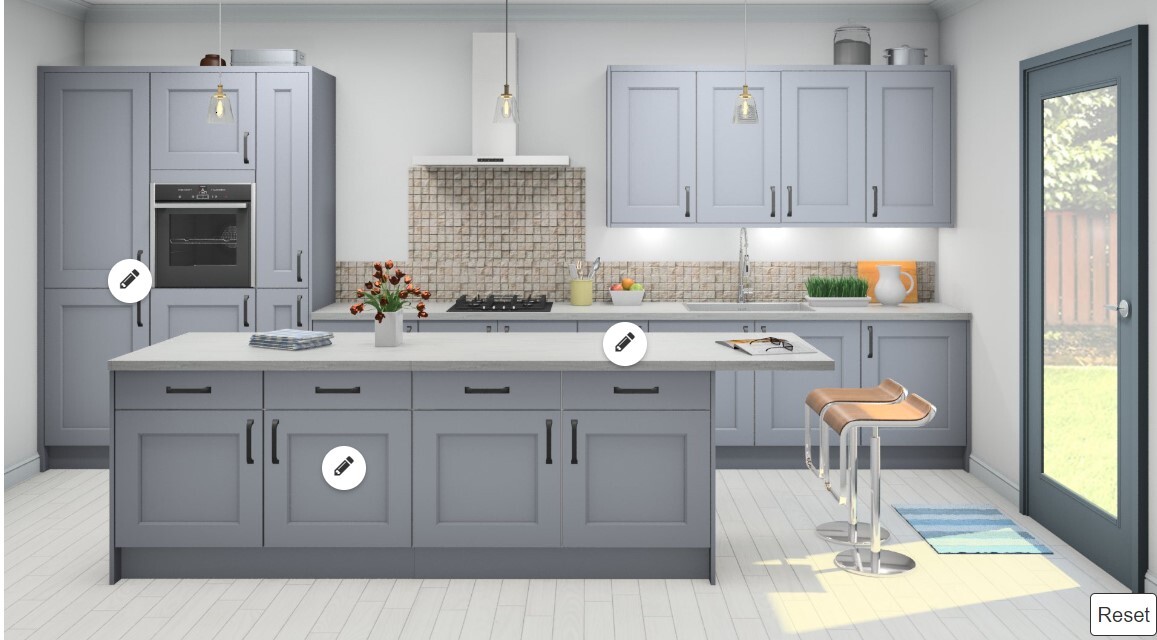Achieving the best form of kitchen adaptation
The Freedom collection of accessible kitchens includes specialist designed features combining functionality and style. With freedom, the design can be truly universal, for all the family to use and enjoy; creating the perfect living space for years to come.
Essential Vs Smart Features
Lets discuss some of the features that can be added to a kitchen design. Considering which design features are right for you or your clients accessibility needs can require some thought and consultation.
We recommend essential appliances that offer vital safety features such as induction hobs and ovens with Slide&Hide® doors and extendable runners. Equally essential storage features such as i-move pull down baskets which lock into position; are an excellent way to make contents higher up easier to reach. In addition, pull out tables doubling up as extended work surface space and for food preparation are essential considerations for any accessible home adaptation.
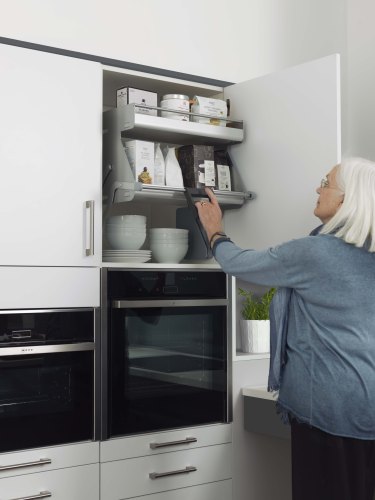
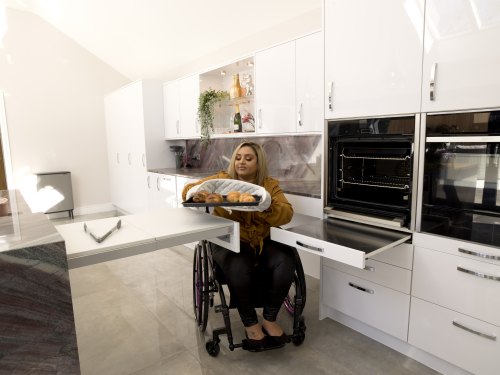
If you have the aspiration to create a multi-generational space and future proof your kitchen space: we recommend smart functionality features such as a mixture of work surfaces. This might include an electric adjustable height, rise and fall worktop with induction hob and sink, a standard height worktop with sink and a lowered worktop with leg space next to oven housings for safe transfer of hot dishes.
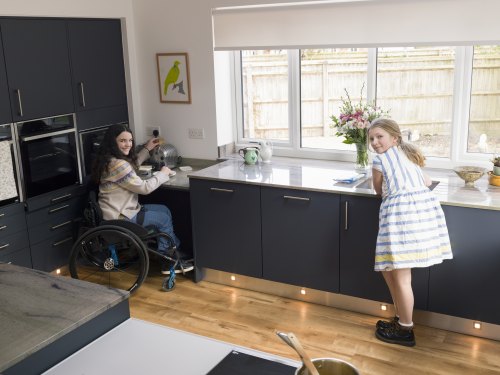
Other smart and stylish considerations for multi-generational households include tall larders which can provide the ultimate compact storage. There are many types available such as 360° rotating larders, which are accessible from both sides without having to re-position yourself and larders with i-move pull down baskets and pull out drawers for quick and easy access to dried food and tins.
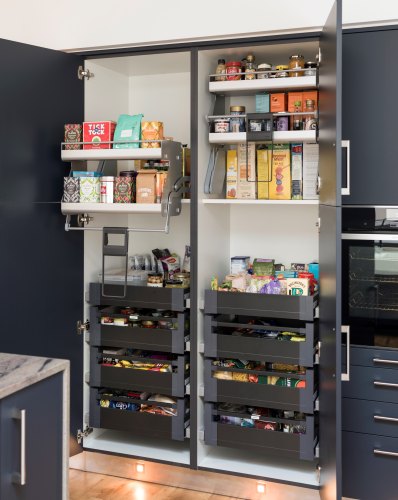
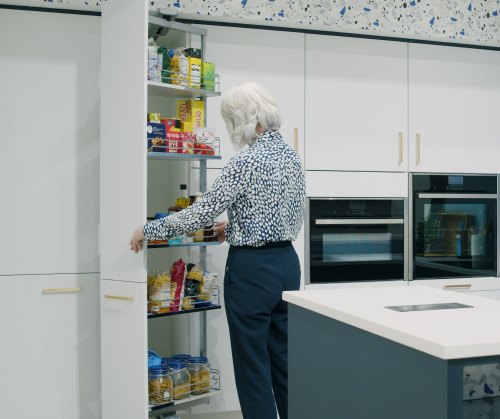
Achieving the best form of Adaptation
A good place to start is with you or your clients lifestyle and cooking habits as well as the multi-generational aspect of who else lives in the household. It is equally important to consider the specific accessibility needs such as strength, hand dexterity, reach, turning circles (for wheelchair users), visual impairment, older living ailments, to achieve the best form of adaptation.
With freedom, the design can combine both accessible and universal features, to create a kitchen space fit for purpose, now and in the future. We work in partnership with Adam Thomas Consultancy, Adam has over 40 years experience in accessible kitchen design and has developed a set of design principles that are recognised by many professionals including Occupational Therapists, Designers and Architects.
Learn more on what freedom has to offer here
Kitchen Budget
The average cost of a kitchen requiring modification for accessible needs can vary. In order to achieve an accessible solution budgets often need to be bigger than with a standard kitchen. It is worth considering key questions such as:
- What do you want to achieve in your kitchen now and in the future?
- What are the barriers to achieving these aspirations?
- Which changes are most important / vital to be able to achieve your goals?
A average sized kitchen adaptation can cost up to £25,000 including appliances and fitting, whilst a fully accessible kitchen can cost upwards of £35,000, compared to £15,000 for a typical household kitchen.
Justification
The Housing Grants Construction and Regeneration Act 1996 states funding is available for facilitating the preparation and cooking of food by the disabled occupant”. However, it is often not easy to fight for kitchen adaptations as the thought is that “care” provision can meet the need. Although, we understand the desire to be independent at home and cook independently for family and friends, even if it’s a simple meal or making a hot drink.
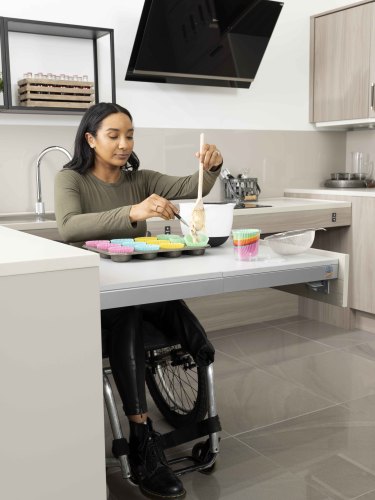
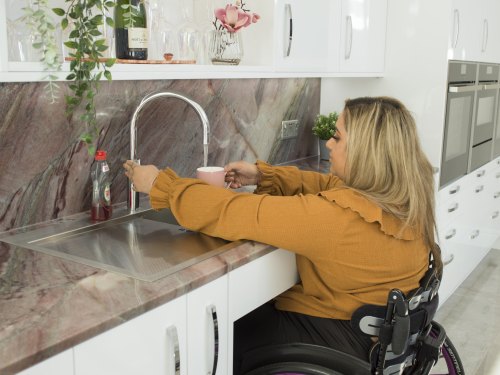
We recommend anyone seeking advice; speak to an Occupational Therapist who can carry out a needs assessment. The OT service professionals are fully trained and qualified to provide support in a variety of ways; whether you have a social housing, private homeowner or a medico legal enquiry. Explore more by heading to the OT Service or follow Kate Sheehan via the OT Service social media



